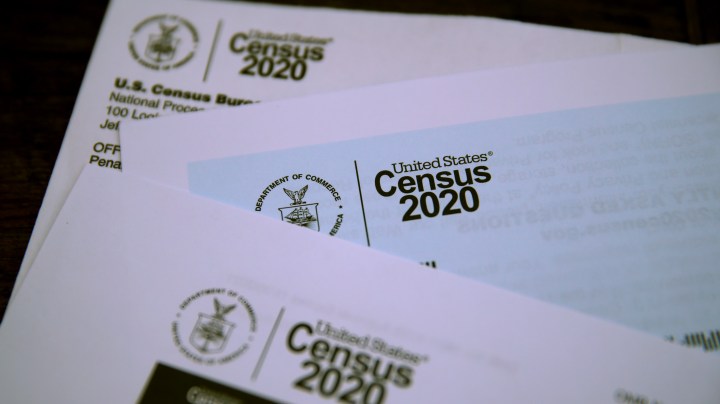U.S. Census Will Have ‘Latino’ as Race Category For First Time — But We Still Have Concerns

The U.S. Census logo appears on census materials received in the mail with an invitation to fill out census information online on March 19, 2020 in San Anselmo, California. Photo Illustration by Justin Sullivan/Getty Images
The Office of Management and Budget has announced revisions to Statistical Policy Directive Standards for Maintaining, Collecting, and Presenting Federal Data on Race and Ethnicity for the U.S. Census. The revised standards will, in simple terms, mean that for the first time, Hispanic or Latino is listed as one race or ethnicity category under the new standards adopted by the Biden administration.
Up to now, Latines had to try to clarify their identity with a two-part question. First, they were asked whether they were Hispanic or Latino. Then they had to pick a race between white, Black, American Indian, or other. The changes, which are effective as of March 28th, 2024, and apply to all new record-keeping or reporting requirements that include racial or ethnic information, now use one question for race and ethnicity and allow people to check as many as apply for their identity.
The following is an illustrative example from the Federal Register by the Office of Management under the notice “Revisions to OMB’s Statistical Policy Directive No. 15: Standards for Maintaining, Collecting, and Presenting Federal Data on Race and Ethnicity.”

Some of the commenters on the official revisions published by the government viewed combining the questions as “conflating two distinct concepts and implying that Hispanic or Latino is a ‘‘race,’’ which they considered a problem because they feared it would result in an undercount of the Afro-Latino population.

Each category is also set to have subcategories. For the Hispanic or Latino category, the ones listed are “Mexican, Puerto Rican, Salvadoran, Cuban, Dominican, Guatemalan and other Central or South American or Spanish culture or origin,” a list that feels very reductive at first glance, because it seems to imply all Latinos come from just those countries, but that is meant to reflect the “the largest population groups in the United States according to the 2020 Census.”
The Federal Register also provided an illustrative example of what this change would possibly look like when collecting data.

The changes also include the addition of Middle Eastern or North African, or MENA, as a category. This is only the second update by the federal government to data categories about the American population. The last update was in 1997.
